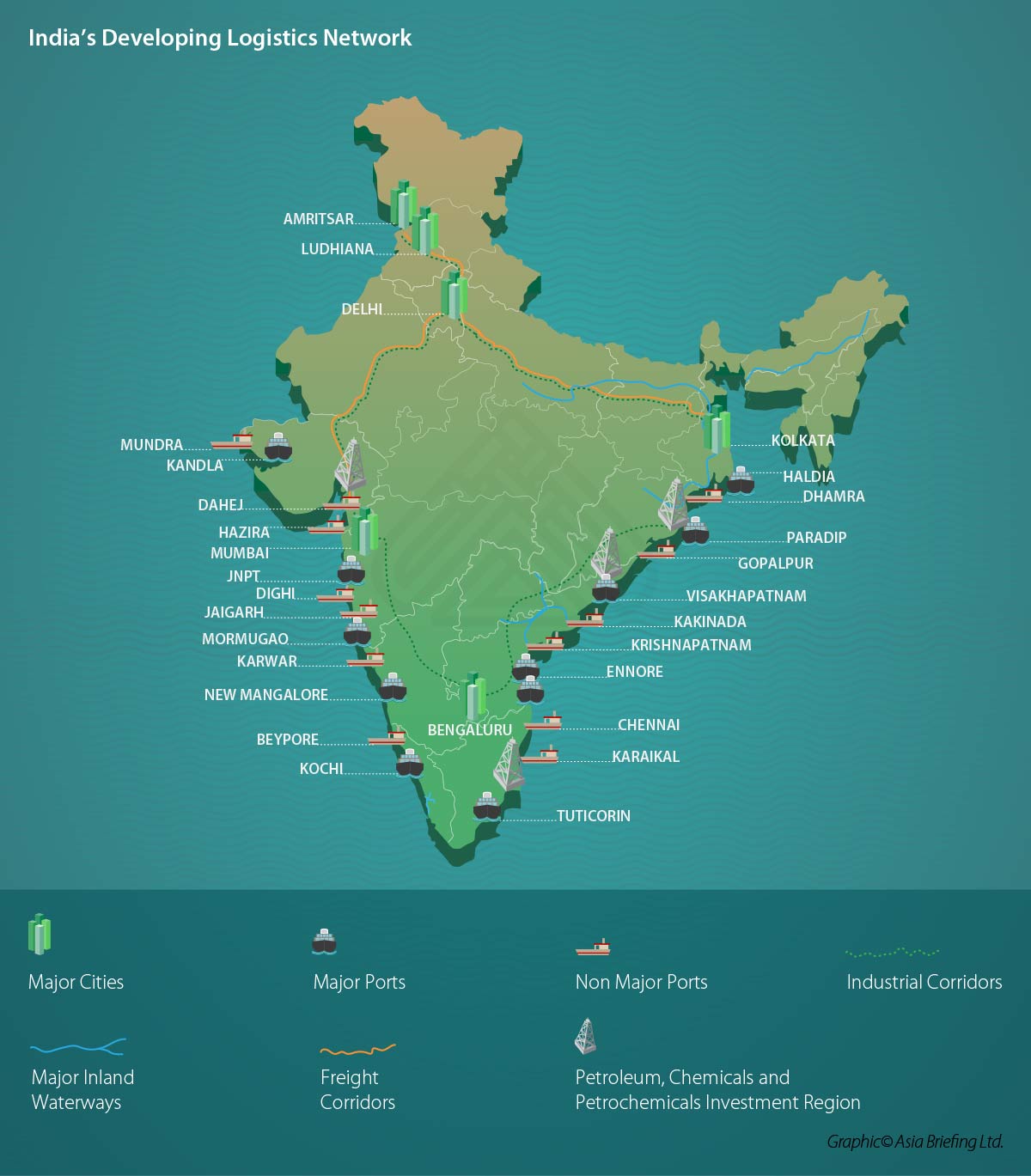
SPECIAL ECONOMIC ZONES
WHY IN NEWS?
- Special Economic Zones (SEZ) have touched new heights in terms of performance in Exports, Investment and Employment in the last three years.
- With a view to overcome the shortcomings experienced on account of the multiplicity of controls and clearances; absence of world-class infrastructure, and an unstable fiscal regime and with a view to attract larger foreign investments in India, the Special Economic Zones (SEZs) Policy was announced in April 2000.
IN DEPTH:
- An SEZ is a territory within a country that is typically duty-free (Fiscal Concession) and has different business and commercial laws chiefly to encourage investment and create employment.
- SEZs are created also to better administer these areas, thereby increasing the ease of doing business.
SEZS IN INDIA:
- Asia’s first EPZ (Export Processing Zones) was established in 1965 at Kandla, Gujarat.
- While these EPZs had a similar structure to SEZs, the government began to establish SEZs in 2000 under the Foreign Trade Policy to redress the infrastructural and bureaucratic challenges that were seen to have limited the success of EPZs.
- The Special Economic Zones Act was passed in 2005. The Act came into force along with the SEZ Rules in 2006.
- However, SEZs were operational in India from 2000 to 2006 (under the Foreign Trade Policy).
- India’s SEZs were structured closely with China’s successful model.
- Presently, 379 SEZs are notified, out of which 265 are operational. About 64% of the SEZs are located in five states – Tamil Nadu, Telangana, Karnataka, Andhra Pradesh and Maharashtra.
- The Board of Approval is the apex body and is headed by the Secretary, Department of Commerce (Ministry of Commerce and Industry).
- The Baba Kalyani led committee was constituted by the Ministry of Commerce and Industry to study the existing SEZ policy of India and had submitted its recommendations in November 2018.
- It was set up with a broad objective to evaluate the SEZ policy towards making it WTO (World Trade Organisation) -compatible and to bring in global best practices to maximise capacity utilisation and to maximise potential output of the SEZs.
OBJECTIVES OF THE SEZ ACT:
- To create additional economic activity.
- To boost the export of goods and services.
- To generate employment.
- To boost domestic and foreign investments.
- To develop infrastructure facilities.
MAJOR INCENTIVES AND FACILITIES AVAILABLE TO SEZ:
- Duty free import/domestic procurement of goods for development, operation and maintenance of SEZ units.
- Exemption from various taxes like Income Tax, minimum alternate tax, etc.
- External commercial borrowing by SEZ units upto US $ 500 million in a year without any maturity restriction through recognized banking channels.
- Single window clearance for Central and State level approvals.
PERFORMANCE SO FAR:
- Exports: Exports of Rs. 22,840 Crore (2005-06) has increased to Rs. 7,59,524 Crore (2020-21).
- Investment: Investment of Rs. 4,035.51 Crore (2005-06) has increased to Rs. 6,17,499 Crore (2020-21).
- Employment: Employment from 1,34,704 persons (2005-06) has increased to 23,58,136 persons (2020-21).
CHALLENGES:
- Unutilized Land in SEZs:
- Due to lack of demand for SEZ space and disruptions caused by the pandemic.
- Existence of Multiple Models:
- There are multiple models of economic zones such as SEZ, coastal economic zone, Delhi-Mumbai Industrial Corridor, National Investment and Manufacturing Zone, food park and textile park which pose challenges in integrating the various models.
- Competition from ASEAN Countries:
- In the past few years, many of the ASEAN countries have tweaked their policies to attract global players to invest into their SEZs and have also worked on a developmental set of their skilling initiatives.
- Consequently, Indian SEZs have lost some of their competitive advantages globally and hence need to have fresher policies.
WAY FORWARD
- Promotion of MSME investments in SEZs by linking with MSME schemes and allowing alternate sectors to invest in sector-specific SEZs is among the recommendations by the Baba Kalyani Committee on SEZs.
- It had also batted for additional enablers and procedural relaxations as well as granting SEZs infrastructure status to improve their access to finance and enable long-term borrowings.
